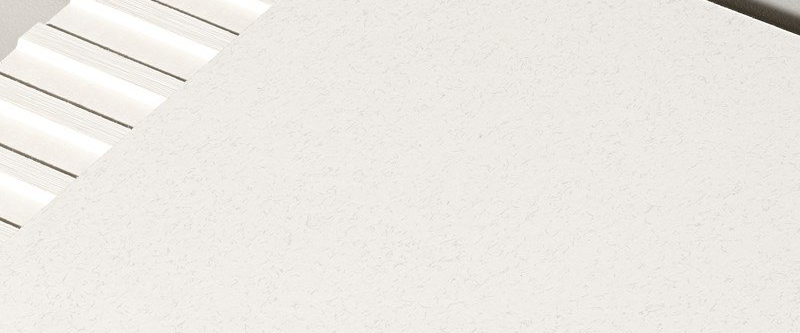Paul Keogh and Rachael Chidlow have long had an interest in vernacular architecture, born not out of any sense of nostalgia but inspired by the theories of Aldo Rossi, which were fundamental to the identification of a new direction for architecture – critical regionalism – in the vacuum following the collapse of the modern movement. They brought Rossi’s work to Dublin in 1983, when Keogh memorably imagined his most romantic project, the Teatro del Mundo, as “a medieval tower-house floating on a western horizon.”

“Aldo Rossi was the big thing,” says Chidlow. As Kenneth Frampton observed, Rossi had shown how the elements of a new architecture could be abstracted from the vernacular. “We used to cycle around the countryside looking at rendered cottages,” she recalls. “ We took photos of settlements and deserted villages. Vernacular architecture was in our minds – a contemporary interpretation of the vernacular.”
They first studied Mayo in depth in 1997, when UCD School of Architecture participated in the Coast Wise Europe research project, run by the Rotterdam Academy of Architecture, examining the intersection between architecture and tourism in collaboration with Brian Quinn of Mayo Tourism and Fáilte Ireland.

Their sustained interest in rural design eventually led them to draft Mayo County Council’s Rural Housing Design Guidelines, published in 2008. The guidelines grew out of the development of these two holiday houses below Croagh Patrick and Old Head, and overlooking Clew Bay and Achill Island to the northwest. Highly Commended in the RIAI Silver Medal for Housing, the premier award for housing design in Ireland, they quickly became an exemplar of best practice rural housing in several local authority planning guidance documents.
“If we are to build successfully in the countryside,” says Keogh, “it is essential that new housing is integrated into its rural context. Not in a pseudo-traditional style, but in a modern vernacular modelled on the variety and richness of our inherited architecture – the range of its forms, scales, colours, materials and craftsmanship. Our guidelines don’t advocate a particular style. Instead we’ve provided checklists of points often forgotten about: impact on views, impact on the environment, boundary treatments and so on.”

Keogh cites examples from the Atlas of the Irish Rural Landscape, published in 1993, as he describes the grouping of the houses, which reflects traditional farmstead layouts and clachán developments in the west. The two houses share a single gateway onto the road and a graveled court at the heart of the sloping site. They are arranged at right angles to each other to ensure privacy and exploit the best views. But the idea of two rectangular dwellings at right angles to each other, with the main entrances on the shared courtyard in between, also has a modern provenance in Le Corbusier’s embracing of the vernacular at the Maisons Jaoul of 1956 in the Paris suburb of Neuilly-sur-Seine.
The storey-and-a-half cottages are based on a traditional long house plan with an outshot porch that enters straight into the living room, and have been designed to incorporate elements of the vernacular, expressed in a contemporary manner. The roofs are steep and simple, without overhangs. Walls are white rendered. Windows are unpainted hardwood, their shapes dictated by the interior arrangement. Tall windows in the gable light the bedrooms. Low horizontal windows provide views from daybeds. Corner windows look to the sea. “The chimneys aren’t typically Irish,” says Keogh. “I guess they were derived from Alvar Aalto’s domestic work.”

Internally, indigenous features – slate floors, a sleeping loft, exposed joists, outshot beds, bench seats, chamfered windows and hearth – are reinterpreted to create a design that is thoroughly modern yet responsive to context and culture. Claudia Kinmonth’s Irish Country Furniture 1700-1950, the first study of vernacular furniture in Ireland, appeared in 1993 and had a substantial influence on the interiors. She showed that furniture was commonly devised as an integral part of the house, while the vast majority of Irish furniture was intended by its makers to be painted. “We used traditional Irish furniture paint colours – red oxide and pale green,” says Chidlow. “And we painted the joinery, treating the furniture and joinery as one. It was unusual then to consider the furniture as part of the house.”
Unusual and wonderful. The holiday cottage as vernacular Gesamtkunstwerk, reinvigorating an almost disappeared material culture along the Wild Atlantic Way.

Architect: Paul Keogh Architects 1998 – 1999
Location: Sea Thrift Cottages, Kilsallagh Louisburgh, Co. Mayo
Photography: Copyright Paul Keogh, courtesy of Paul Keogh Architects
Curated By: Shane O'Toole
Feeling inspired? You can enjoy more Building of Month articles curated by Shane O'Toole by clicking below.

